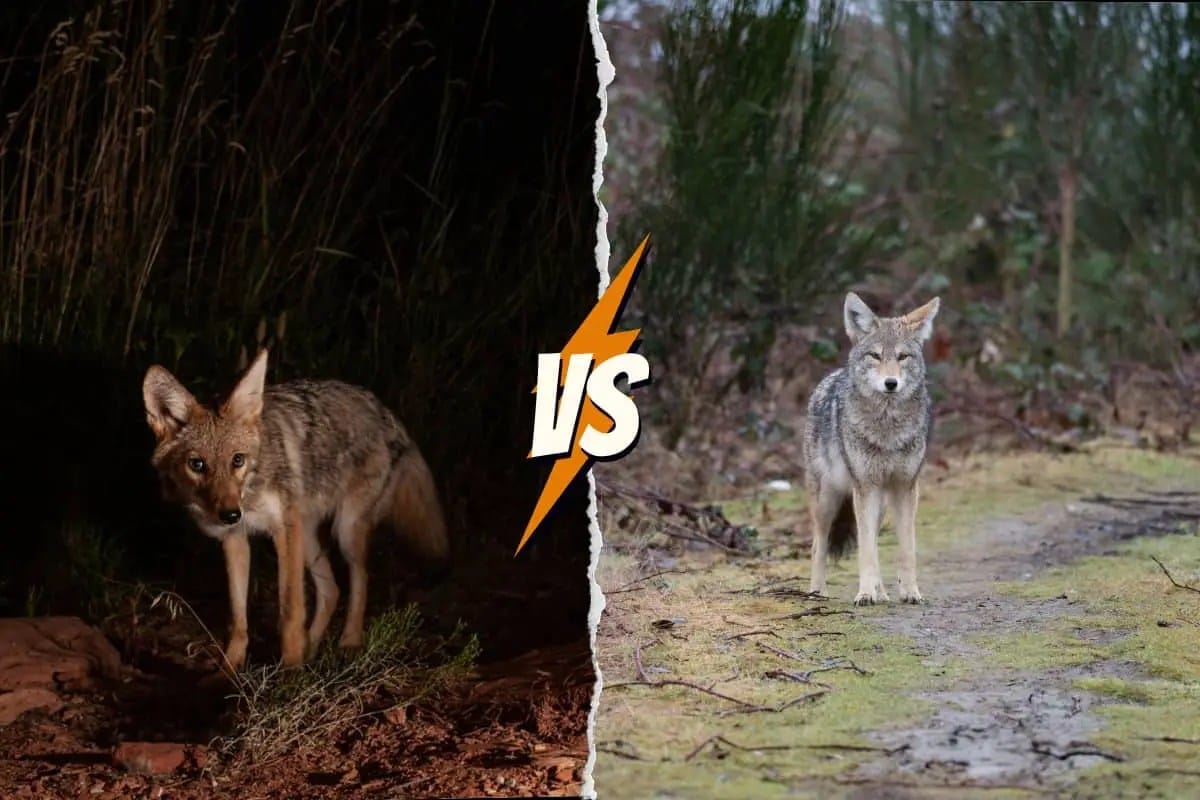Coyotes, those cunning canines with a haunting howl, are often associated with the moonlit night. But are these fascinating creatures truly nocturnal, or is their behavior more nuanced? Let’s unravel the mysteries of coyote activity patterns and discover how their adaptability allows them to thrive in a variety of environments.
Coyotes: Masters of Day and Night
While coyotes are often depicted as creatures of the night, the truth is far more interesting. So, are coyotes nocturnal animals? The answer is: it depends. Coyotes are incredibly adaptable, and their activity patterns can shift based on factors like human presence and food availability.
City Slickers vs. Country Dwellers
One of the most significant influences on coyote behavior is us – humans! In urban areas with high human populations, coyotes have adapted to become more nocturnal. This allows them to avoid encounters with people and exploit resources like garbage and easily accessible pets. Think of them as the “shadow dwellers” of our cities.
In contrast, coyotes in rural areas with fewer humans tend to be more active during their natural peak times—dawn and dusk. This crepuscular behavior allows them to hunt when prey is most active and visibility is lower. It’s a delicate balance between maximizing hunting success and minimizing risk.
Food, Love, and the Coyote Clock
Beyond human influence, several other factors can influence coyote activity patterns. Let’s explore a few:
Food Availability: Like any savvy hunter, a coyote follows its stomach. If food is plentiful during the day, they’ll be active then. However, if their best chances for a meal occur after dark, they’ll readily become creatures of the night.
Mating Season: Love is in the air—and it can make coyotes throw their usual schedules out the window. During mating season, typically January to March, coyotes are more active as they search for mates, establish territories, and raise their pups. This heightened activity can occur at any time of day or night.
Individual Personality: Just like humans, each coyote has a unique personality. Some might be bolder and more likely to take risks, leading them to be active during the day. Others might be more cautious, preferring the cover of darkness.
Daytime Coyote Encounters: Cause for Concern?
Spotting a coyote during the day doesn’t necessarily mean it’s sick or dangerous. Remember, coyotes are naturally most active at dawn and dusk, so seeing one out and about during daylight hours can be perfectly normal, especially in areas with less human activity.
However, it’s essential to remember that coyotes are wild animals and should be treated with respect and caution. Here are some tips to keep in mind:
- Keep Your Distance: Never approach or attempt to feed a coyote.
- Secure Your Pets: Keep dogs on leash and ensure cats are indoors, especially at night.
- Coyote-Proof Your Yard: Store garbage securely, avoid leaving pet food outside, and consider installing motion-activated lights to deter nighttime visitors.
Coyote Sleep: Adaptable Even When Resting
Even when it comes to sleep, coyotes are remarkably adaptable. While we might imagine them sleeping soundly through the day, their sleep patterns are just as flexible as their activity levels.
In undisturbed habitats, coyotes are primarily diurnal sleepers, meaning they get their rest during daylight hours. However, as we’ve learned, human presence can significantly alter this behavior. Urban coyotes, accustomed to nighttime activity, might shift their sleep patterns to catch some shut-eye during the day when cities are bustling.
Research on coyote sleep patterns is ongoing, offering a fascinating glimpse into how these animals adapt to the challenges of living in close proximity to humans.
Coexisting with Coyotes: Understanding is Key
Coyotes are incredibly intelligent and resourceful animals that play an essential role in their ecosystems. While their adaptability has allowed them to thrive in a variety of environments, it also means their behavior can be unpredictable. By understanding the factors that influence their activity and sleep patterns—and by taking common-sense precautions—we can coexist with these fascinating creatures and appreciate their remarkable ability to adapt to a changing world.
Would you like to learn more about if are wolf spiders harmful? They’re not venomous to humans, but they can be a nuisance if they get inside your home.
Are you curious if are camel spiders venomous? Despite their fearsome appearance, they’re actually not venomous to humans.















